Find yours with an RFS (Request for Stories)
How do you find awe-inspiring stories like these?
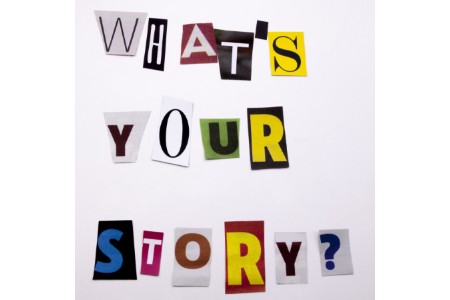
… and they flew us to Rome by helicopter.
I walked past all the other stranded passengers and used my Platinum Card.
She wanted, more than anything, to have an elephant to ride at the party!
Ask.
Here are three ways to report for story.
1. Request stories when you deliver the product.
My platinum AmEx card arrived yesterday, along with a hardbound book of stories. The stories were testimonials, meant to reassure me that I’m not an idiot for spending $550 a year on a credit card.
AmEx’s marketing technique is not just a great use of storytelling and dramatic callouts for marketing. It also illustrates a great way to get stories: The last page invites me to tell my AmEx story for inclusion in the next book.
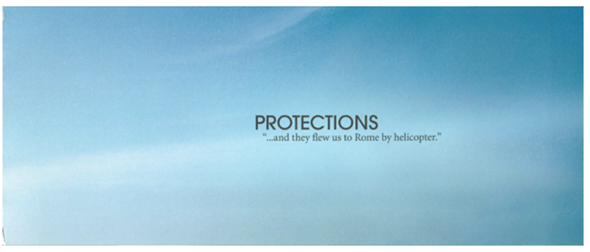
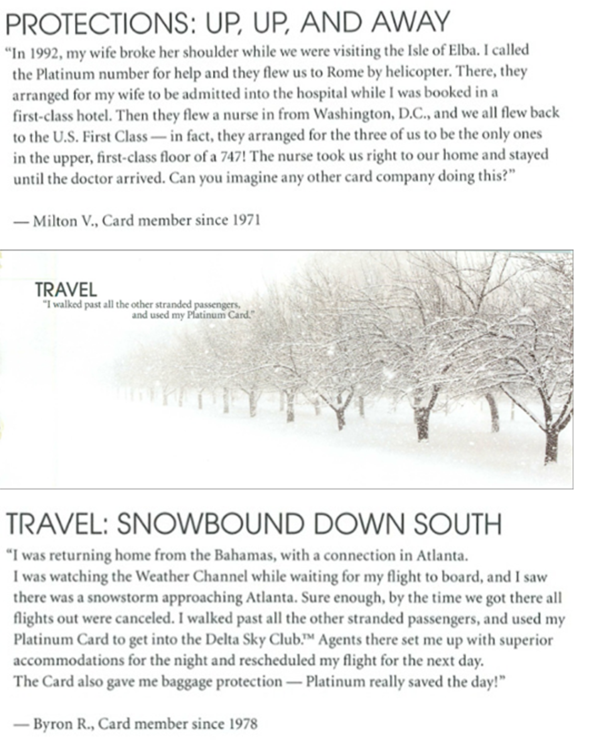
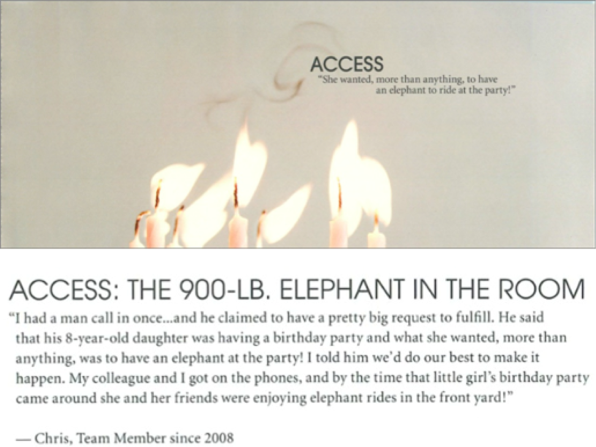
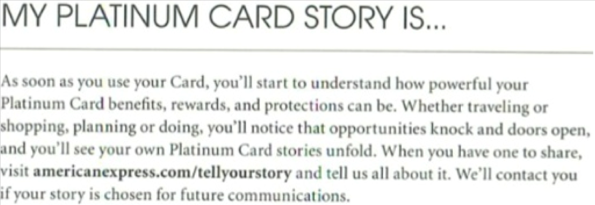
2. Distribute ‘What’s your story?’ cards.
One simple way to get stories: Pass out cards people can fill out and send in to share their stories at events, points-of-purchase or kiosks.
- To generate stories for Weight Watchers magazine, for instance, the organization piles stacks of “Tell us your success story” cards near the check-in desks at meeting locations.
- One of my clients distributes “What’s your story?” cards to employees at the annual companywide picnic.
- After audience members view a multimedia presentation at The World of Coca-Cola in Las Vegas, a host tells visitors, “Your stories are the stories of Coca-Cola.” Then he invites audience members to write down their own stories on cards in kiosks outside the theater. In the first three weeks, 1,800 people shared their stories.
3. Get success stories.
VSP asks doctors for “Eyefinity Success Stories” and offers a $75 Visa gift card for stories it uses. It asks readers to describe two things:
- “Your practice before using Eyefinity. If possible, include specifics about how you were filing claims, buying optical products, completing lab orders or attracting new patients.
- “Your practice now that you are using Eyefinity. Why did you start using Eyefinity? How is it better? What features have benefited you most?”
That’s the information communicators need to create a classic case study:
- Problem (before Eyefinity)
- Solution (Eyefinity)
- Results (after Eyefinity)
What stories would you get — if you only asked?
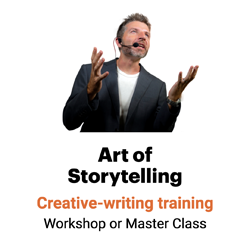
Leave a Reply